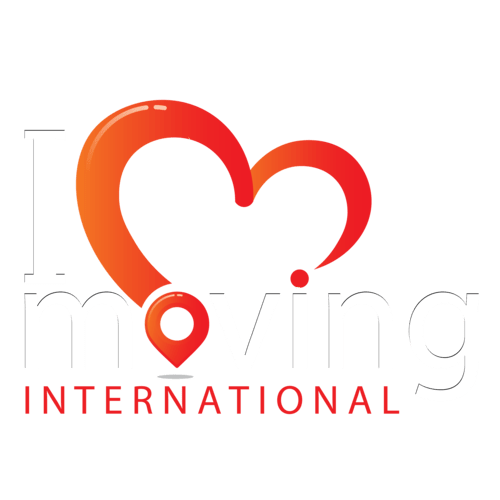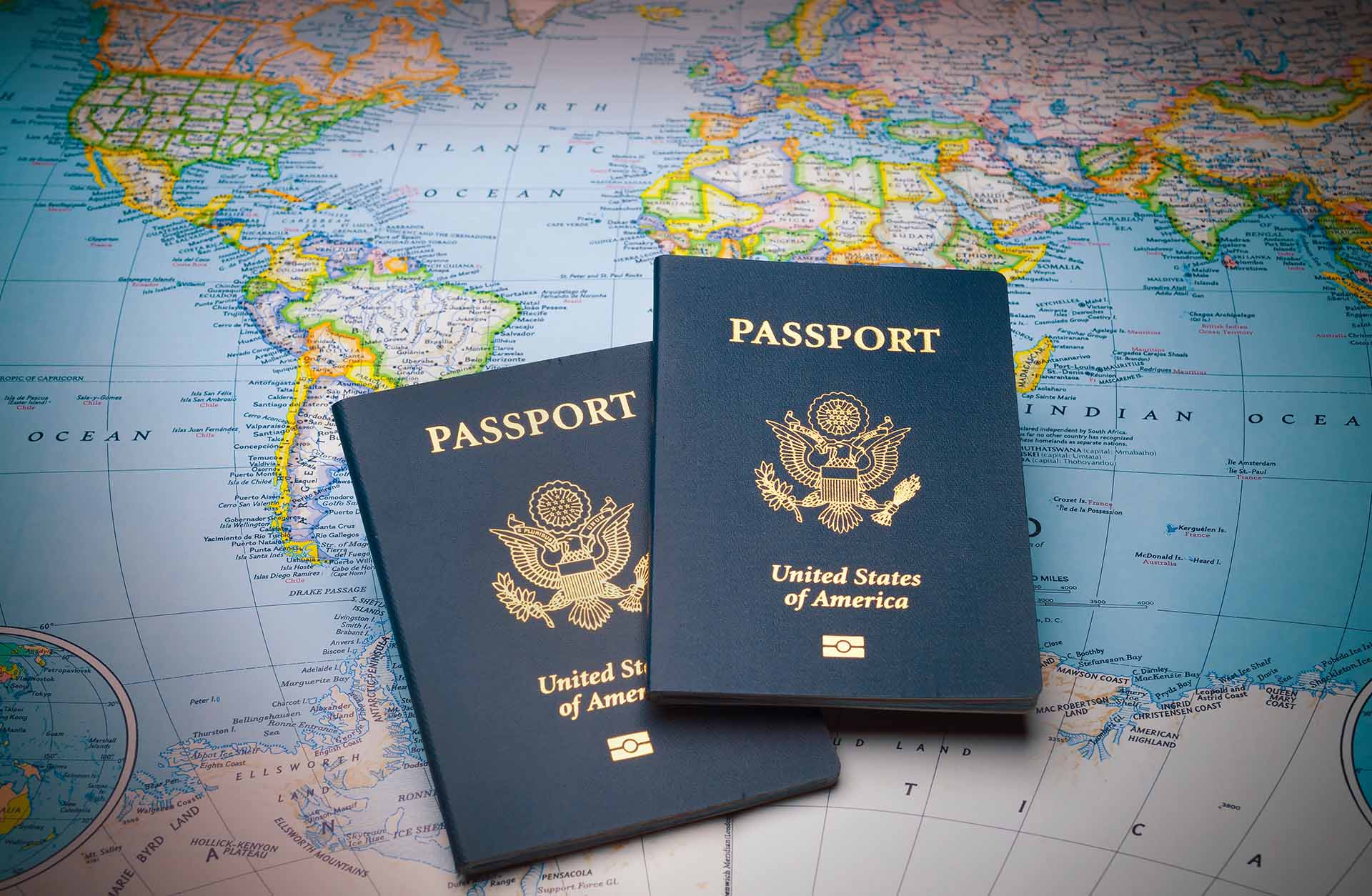We have all heard about the American dream. However, if you’re one of those people who believe that the grass is always greener somewhere else, perhaps it is time to find a new dream, a European one. The European dream of many Americans is to live like Berliners, so moving to Berlin is a common topic nowadays, especially since there are already around 20,000 US nationals living in the German capital.
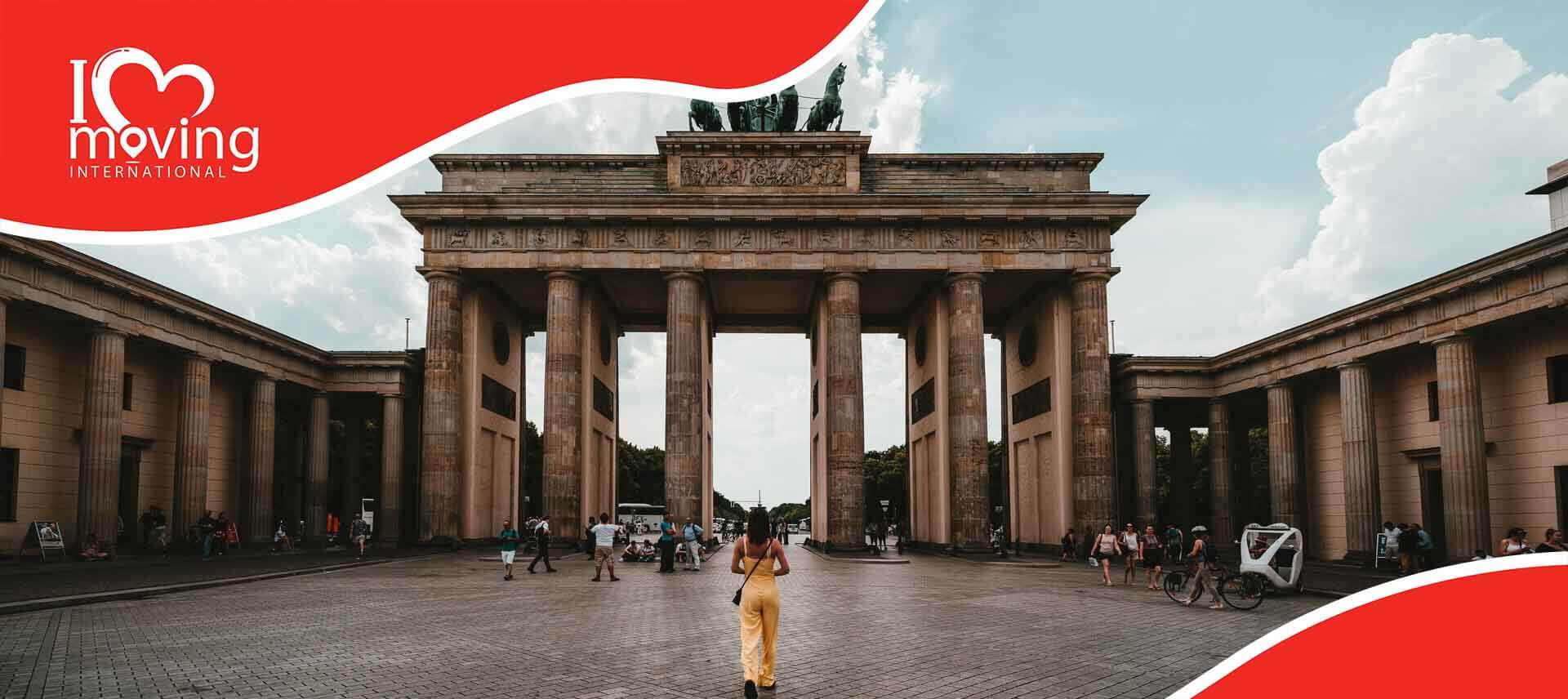
If you have never lived outside of the US, living in another country on another continent and having to learn a foreign language is undoubtedly going to be a life-changing experience. Here are some tips on how to organize an international relocation, learn a bit of German, blend in with the natives, and eventually become a real Berliner.
Moving to Berlin From the US in 2020 – a Step-by-Step Guide
How many travel guides about Germany have you read? Forget them all, because they usually have nothing to do with moving there for work or any other reason. Going on a vacation for a few days is not the same as moving somewhere. Hence, this guide will tackle some other aspects of everyday life in Germany, as well.
For example, German bureaucracy is nothing like its American counterpart. Even if it may seem too complicated in the beginning, it is actually all pretty simple and well organized. Everything is explained in detail, particularly for expats, to avoid any misunderstandings. So do not worry too much about it, and start searching for boxes and moving supplies, or professional packers that will help you pack your belongings and relocate efficiently.
Berlin is a multinational city, and pretty much everyone at least understands English, so getting around should not be a problem. But if you want to socialize more, and get out of your comfort, English-speaking zone, or perhaps find a better job, we strongly recommend learning German. Since this is one of the best cities to live in Europe, we are sure you will fit in quickly. Before you reach that point, here are some necessary steps and a guide that will help you find your way through this process.
The First Step – Getting There
The easiest way to move to Germany is to get a job there, obtain a work visa, and then to have your employer help you with all the important relocation questions because we are sure there will be plenty of them. As a US citizen, you can spend up to 90 days in Germany without a visa. However, getting one should not be so difficult since Americans can apply for it the minute they find a job, whether they are skilled or not. So it seems pretty clear why this is one of the best places in Europe to find a job.
Besides, university qualification is not required, so everything you need is a valid job contract and a paycheck big enough to support you, and you can start living in another country.
Finding an Apartment in Berlin – Is It Really a Mission Impossible?
If you have already found a job and obtained a visa, you better start searching for accommodation. Finding an apartment here is not easy, and rent prices just keep rising. If you’re lucky enough, perhaps your employer can help and arrange an apartment for you. If not, start sending applications as soon as possible. The rental market in the capital is extremely competitive, but you have to find accommodation that will allow you to register at the address.
Anmeldung and Other Weird Words We Do Not Understand
Prepare to learn a bunch of German words and terms before you even officially start learning the language since German bureaucracy might give you a minor headache. Anmeldung is the process of registration at a specific address, but the tricky part is that you have 14 days to do it, starting from the day you entered the country. However, when you find an apartment, you need to book an appointment at Bürgeramt, where dates can be booked for weeks in advance.
The government is aware of this problem, so if you cannot schedule an appointment online, try going to your local Bürgeramt early in the morning, at 5 AM, and wait for it to open. Or, refresh the online page every morning around 8 AM, to check if there are any available dates.
But I Still Haven’t Found a Place to Live
As we mentioned, it can feel like a mission impossible, especially if you are looking to rent a private apartment. Most of the renters will ask for documents that confirm you have a job for at least three months, so renting a private flat as a newcomer in Berlin, and Germany, in general, is quite tough. Unless you know someone who knows someone, etc. If you have googled a bit, you have probably come across WG ads. WG stands for Wohngemeinschaften, which is basically the term for people who share an apartment, roommates. Facebook and the internet are full of WG groups, but be prepared that this is not going to be so smooth, because, for some apartments, even interviews are organized.
Banks, Health Insurance, and Other Fun Stuff
One of the first things you need to do is to get a bank account. This process used to be so complicated, but since the Germans introduced the N26, it is a piece of cake. The N26 is perfect for expats because everything is in English. There are no brick-and-mortar banks, it can all be done online, with a few clicks on your phone. The most significant advantage of N26 is that it allows you to open a bank account even if you do not have a registered address.
The healthcare system in this country is one of the best in the world, and having health insurance is mandatory in Deutschland. The insurance here covers some basic medications, doctor visits, and sick days. And if one member of the family has it, it covers the children and spouse, as well. Private healthcare is available if your income surpasses €57,600 ($64,558) per year.
For some reason, Germans love insurance, so besides health, prepare to invest in a home, life, accident, personal liability, and many more insurances. After you have registered your address at Bürgeramt, expect to get a tax ID number in the mail. It is an 11-digit number, and it is something you will need when you start working.
Am I Ready to Start Living Like a German Now?
Well, almost. There are still a few bits and bobs to be solved. For example, if you don’t plan to ship your car overseas, you will probably need a transit pass to get around since Berlin is a big city, the second most populous in the European Union. If you managed to find accommodation close to your work, then you probably don’t have to invest in an annual pass, you can purchase a ticket once in a while when you need a ride. However, if that is not the case, keep in mind that the price of the annual pass currently goes from €738 to €761 ($821 – $852), and it depends on the method of payment. That is roughly around €64 ($71) per month, or if you opt to purchase just a monthly pass, it €81 ($90) per month. So transportation is relatively pricey, but it works like a clock, and it is fairly affordable with an average German salary.
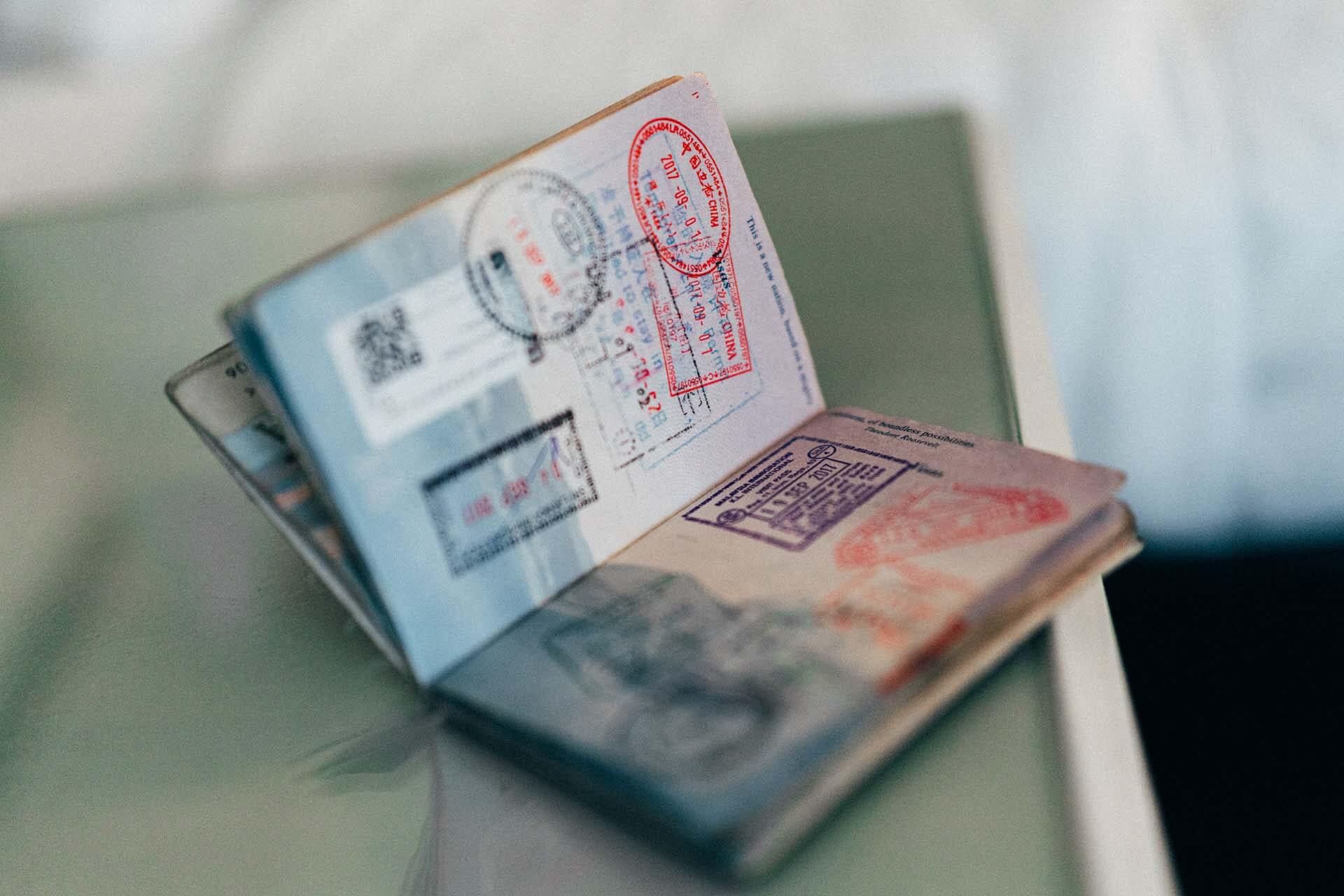
You’ve Arrived, Solved the Anmeldung, Got Insurance – Are You Finally Ready to Become a Berliner?
With a bit more than 3,5 million residents, Berlin is the largest and most populated city in Germany. The town was established at the beginning of the 14th century when two settlements Cölln and Berlin, merged into a single town. Still, it was not until the 19th century, when the German Empire was founded, that Berlin became the capital town. The most famous and, at the same time, the darkest times in the history of this town started in 1933 when Adolf Hitler became the chancellor. He led the attack to Poland in 1939 and started the Second World War, which ended with a total defeat of Germany, and left the town in ruins.
From 1961 to 1989, the town was divided into two parts by a giant concrete wall. East and West Berlin were completely separated, and it was not possible to go over from one part of the town into another. The whole country was divided into two sides. The Wall was opened one night on November 9th, 1989, and entire Germany celebrated. Almost a year later, after the official reunification of two sides, Berlin became the capital town once again.
Today, the town is the center of the German economy, and it’s a multicultural capital in which people of all nations strive to build a career and pursue happiness. Some parts of the famous Wall are still there, covered in graffiti and paintings, and have become one of the most popular landmarks.
Located on the banks of the Spree river, the town offers plenty of outdoor leisure options. Since Germans love to spend their time outside, in nature, in the woods, to wander around, the town is a perfect mix of a modern, urban, concrete jungle, with parks and green oasis.
Besides the general divide into East and West, the town is split into 12 administrative districts (Bezirk), which are further divided into smaller areas called Kiez. And even within Kiez, there are additional divisions by streets. Each one of these areas is distinctive, vibrant, and has a unique charm to it.

The Best Neighborhoods to Live in East Berlin
As in almost every metropolis in the world, there are some more popular neighborhoods, as well as the notorious ones. One thing is sure, in this large city, anyone can find his spot under the sun. Even though it sometimes seems overcrowded, there is enough room for everyone looking to become a Berliner. Today, the eastern is home to the historic district and the true heart of the town, where all the major tourist attractions and museums are located. So, here are some of our favorite neighborhoods in this area.
- Mitte– If you want to live in the very center of the town, that is Mitte. However, like everywhere else, living in the town center comes at a very high price. Since Mitte is the main tourist hotspot, it’s always crowded and packed with tourists. On the other hand, apartments in this area are some of the finest you will find, well furnished, clean, and modern. Do not expect to see a lot of locals in this area since most apartments here are for rent.
- Prenzlauer Berg– A neighborhood particularly friendly towards expats, home to many families and English-speaking residents. It’s a lovely neighborhood with cobblestone streets and trees, restaurants, and bars. It is definitely one of the most popular areas to live in, but it comes with a very high price.
- Friedrichshain– This is the best area for young people and students, and some parts of it are known as party blocks, full of drunk locals and tourists. So if you’re not a party animal, avoid living close to Boxhagener Platz. But besides that, Friedrichshain is an excellent area to live in, and there are some quiet streets with nice-looking old trees, just keep in mind what this area is known for.
- Lichtenberg– If you do not mind living outside of the posh neighborhoods in the center, and you want to save a few bucks, consider Lichtenberg. Although some people would suggest that this district has a bad reputation, we cannot wholly agree with that. Some parts of it are not the prettiest, but overall it’s not a bad neighborhood, and it’s well connected to other parts of the town with public transport. The average rent here is much more affordable, so if you’re on a budget, this is a good place to start.
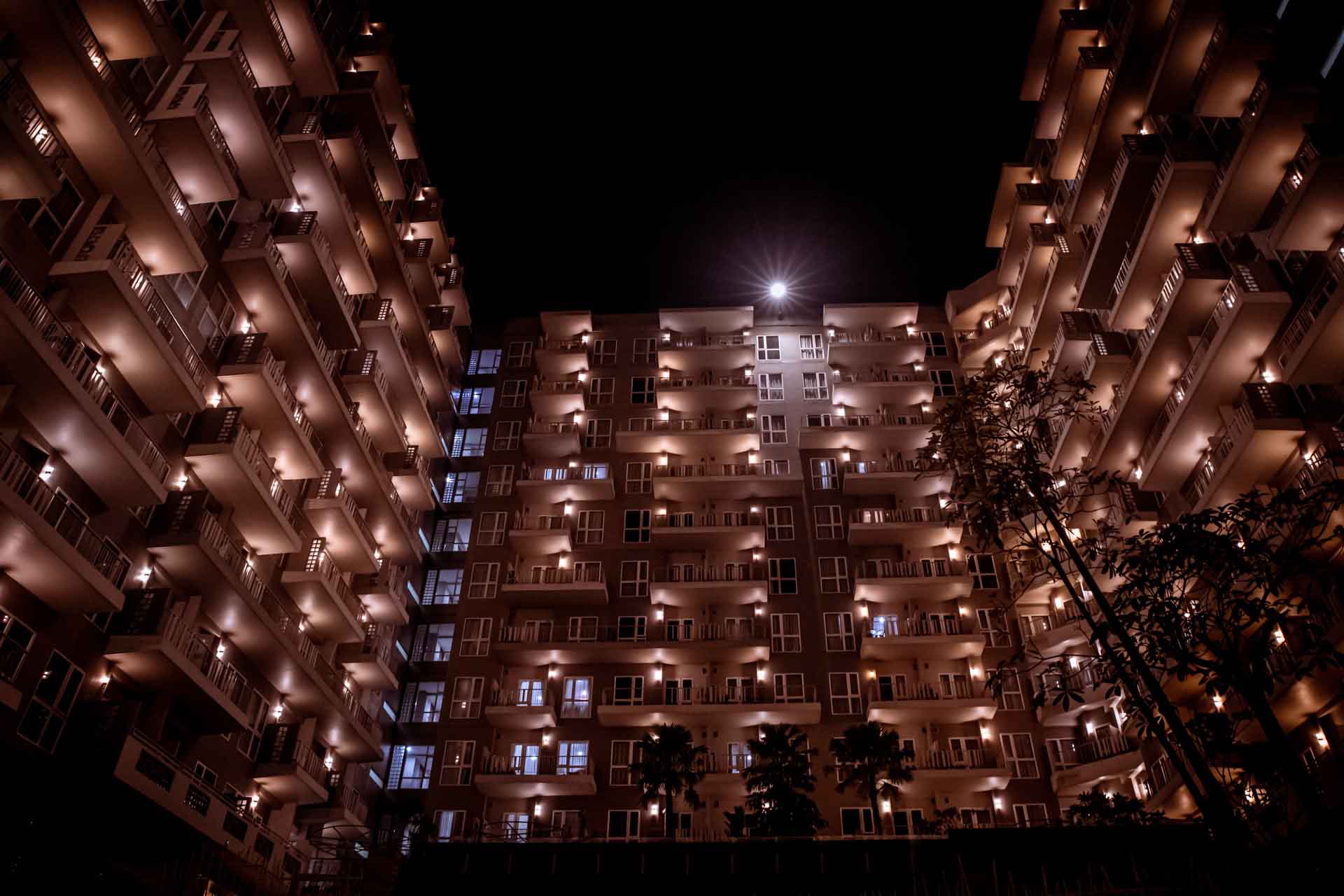
The Best Neighborhoods in West Berlin
Although the majority of nightlife events take place in the East part, West still has plenty to offer. It is the cooler, or hipster side of the town, adored by tourists. Just like in the East, here we also have some more affordable options and the expensive ones.
- Kreuzberg– The most famous part of the West area, known for its bold and colorful street art, is nowadays one of the main spots to hang around. Here you will find tasty and cheap Döners, a Turkish specialty that you can grab on the street along with wurst. Parts of the town that surround the canal are charming, with nice bars and restaurants. There are still a lot of locals, but Kreuzberg is slowly but surely becoming a popular area for tourists, and the prices are going up.
- Neukölln– Another cool area similar to Kreuzberg that is also becoming more and more expensive. A nice place to live would be anywhere around the canal or at the Richardplatz. You can find parts of Neukölln that are quiet and serene, while there are streets that are packed with bars and tourists.
- Charlottenburg & Wilmersdorf – In the past, these were two distinctive neighborhoods, but now they are united in one, much nicer part of West Berlin. This is a very clean and for some maybe a bit too boring part of town, but it is perfect for families, older people, and those who are looking for a quiet and nice neighborhood. The only part that is not so fancy is the part around the famous and notorious Zoo station (We Children from Bahnhof Zoo). But other than that, this area is home to some of the finest Asian restaurants, and it is considered relatively pricey.
- Wedding– Even though it is located right next to Mitte, Wedding is still an area where you can find affordable housing without going too far from the town center. It is estimated that around 30% of the residents here are not Germans, so it is a very multicultural and diverse community. You can find plenty of hipster breweries, Turkish fast-food restaurants, etc.
- Moabit & Tiergarten– Much like Wedding, this area is also gentrifying while housing is still relatively affordable. Overall, it is a quiet neighborhood, except for the part around the Potsdamer Platz, where it’s always busy and noisy.
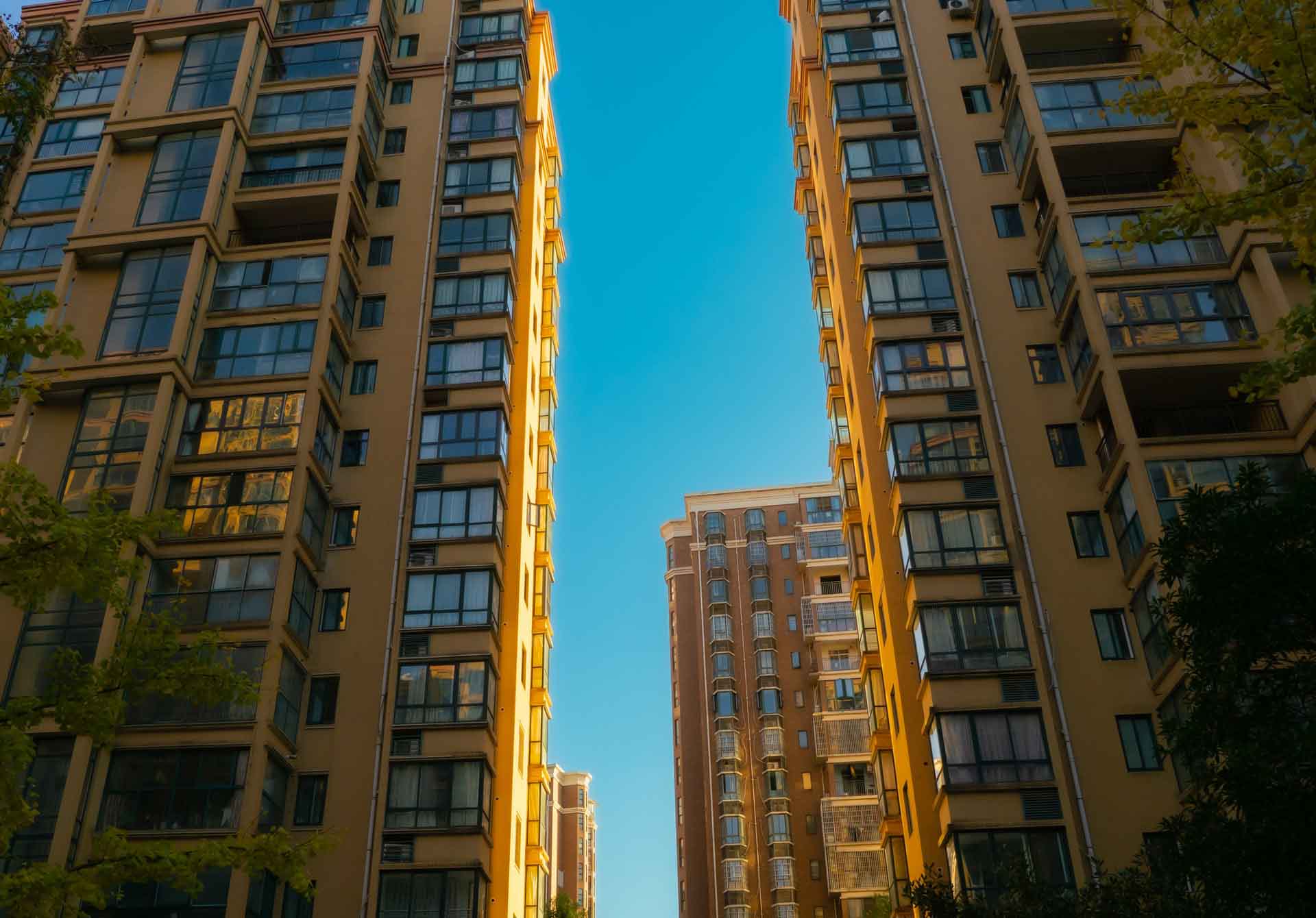
Things to Do in Berlin
Millions of tourists flock to Berlin every year, so there are obviously plenty of reasons why this town earned a spot on their travel maps. However, if this place is going to be your new home, you will, for sure, have more time to discover all of its hidden gems and get to know the town properly. So here’s something to start with – we will leave the rest up to you to discover.
- Museum Island– Yes, it is literally an island on the river Spree, and even if you are not an art aficionado, you have to appreciate this unique complex that is recognized by UNESCO as a world heritage site.
- Watching the sunset from the TV tower– Fernsehturm or the TV tower is a renowned city landmark, and it’s no wonder since it is the highest building in town. From its top, you can enjoy a unique 360-degree view of the capital of Germany. The restaurant on the top of the tower is revolving, so it is a nice experience to grab dinner or drink a cocktail, especially during the sunset hour.
- East Side Gallery – The eastern part of the Wall is now a contemporary, one of a kind, outdoor gallery, with 105 paintings and murals made by artists from all over the world. There are still parts of the Wall that are left intact, so you can see how the original structure once looked like.
- History Class– There are plenty of walking or biking tours around the town that will tell you the story about the rich history of this place – it is a great way to get to know a bit more about your new home.
- The Holocaust Memorial– Another thing you cannot miss is this open structure that represents a memorial to all the murdered Jews in Europe. Just do not act like one of the notorious “yolocaust” tourists. After all, you are a local now.
- Try local Currywurst – Wurst is a word you will see plenty of times. It means sausage, and in a way, it can be considered a local specialty. According to a legend, currywurst was first made in 1949 by a woman from the East part of town. She did not have much food, and some British soldiers gave her curry and ketchup, so she mixed that with grilled pork sausage, and the rest is history.
- Tiergarten park– This town has plenty of parks, but Tiergarten is the biggest one. You can have a picnic there, ride a boat on the lake, drink some local beer and hang around, play with your pets or children, etc.
- Flea market– You cannot be a genuine Berliner without going to one of the famous flea markets. The thing is, Berliners are known for their weird sense for fashion, so the more colorful you dress, the better, especially for the nights out. You will find the best choice of vintage stuff at Mauerpark every Sunday.
- Sprechen Sie Deutsch– If the answer is nein, then you should start right now. Learning a new language is never easy, and German is a tricky one, so try learning some basics before booking international moving services. It will be way easier for you to get around.
Feeling Like a German Already?
If you’ve done your research, then you have probably come across a famous saying which describes this place as “poor but sexy.” Although it may sound a bit repelling at first, the truth is that Berlin is a very affordable town when compared to other towns in Germany and Europe. Given that it is the capital town, the prices are more than reasonable. So, if you are ready to begin your international adventure and start living and working in Europe, there is hardly a better place than Berlin.
